The 8 biggest pregnancy myths in check

This post was created in collaboration with midwife Vivian.
Click here to read further information about midwife Vivian.
Many myths circulate around the topic of pregnancy, which are supposed to be able to predict the sex of the baby, for example. But are these myths true or are they only suitable for fun baby shower games? We clarify in this article what is really true about these pregnancy myths.
Pregnancy myth 1: Your belly shape reveals the sex of the baby
Before the invention of ultrasound, other means had to be used to predict the sex of the child. Even in ancient times, the shape of the belly was therefore considered an indicator of gender. According to this pregnancy myth, a broad, rounded belly is supposed to indicate a girl, while a pointed belly is supposed to indicate a boy. However, this myth is not medically proven.
Rather, the shape of the abdomen depends on very different factors. For example, the woman’s weight and abdominal girth before pregnancy play a role. The woman’s stature has a decisive influence on how the baby bump develops. In petite women, for example, the baby bump often shows a little earlier. In addition, the size of the pelvis and the shape of the pelvis also determine how the baby bump develops. With a narrow pelvis, the uterus does not have as much space in the pelvis and therefore expands more forward and upward. This can make the belly appear more pointed. If the pregnant woman has a wider pelvis, the uterus may initially expand laterally. The size of the baby also has an influence on the shape of the abdomen. The baby’s growth is in turn related to genetic factors and the child’s nutrient supply. In addition, the amount of amniotic fluid also plays a role in the size and shape of the abdomen. The less amniotic fluid there is, the smaller the babybelly. Finally, there are three other influencing factors that play a decisive role in determining the shape and size of the abdomen. These include the condition of the abdominal wall and the connective tissue in the woman. Firm muscle and connective tissue often means that the abdomen is smaller. The abdomen is also usually smaller in the first pregnancy than in subsequent pregnancies. Lastly, the belly is often rounder and larger if it is a multiple pregnancy.
So the fact is: Based on the shape of the belly and the size, some things can be recognized by trained professionals. However, no statement can be made about the sex of the baby.
Pregnancy myth 2: Pregnant women need to eat for two
“You have to eat for two now!” – every pregnant woman has certainly heard this sentence before. But what is really true about this pregnancy myth? In fact, pregnant women have an increased daily requirement of calories, which, however, does not correspond to twice the normal daily amount. How much the calorie requirement increases can vary somewhat from woman to woman and also changes in the course of pregnancy. For example, toward the end of pregnancy, one usually has more caloric needs. The average calorie requirement during pregnancy increases by about 200 to 250 calories. This is roughly equivalent to an apple and a slice of whole-grain bread with an egg.
So this pregnancy myth is also not true. More important than the amount is what you eat during pregnancy. You should eat a balanced and nutritious diet to support your baby’s development. If you want to know which foods are particularly suitable for a balanced diet during pregnancy and what you should rather keep your hands off, you are welcome to read this article on nutrition during pregnancy.
Pregnancy myth 3: A girl robs the mother of beauty, a boy makes her shine
Another pregnancy myth is about the so-called baby glow that some expectant mothers give off during pregnancy. Others, on the other hand, struggle with skin blemishes or even pregnancy acne. If you believe the myth, blemished skin predicts the birth of a girl and baby glow indicates a boy.
In fact, however, the changes in skin appearance have very little to do with the sex of the baby, but are mainly due to hormonal changes during pregnancy. During pregnancy, for example, the placenta produces more estrogen. This hormone supports the cardiovascular system and promotes blood circulation. Due to this increased blood circulation and additional water retention, the skin becomes clearer, firmer and a rosy glow develops – the famous Baby Glow. Incidentally, the likelihood of baby glow is highest in the second trimester. However, in addition to increased estrogen production, progesterone levels also rise and more androgens are released. The result of this can be skin blemishes such as pimples or blackheads. In addition, the testicles of boys produce testosterone from about the 16th week of pregnancy, which can also have a negative influence on the skin appearance of the expectant mother. So a small connection between the mother’s skin and the sex of the child even exists. However, this influence is rather small and the connection additionally contradicts the myth.
Every pregnant woman reacts differently to hormones and the hormone balance itself can also vary from woman to woman. Whether in pregnancy the baby Glow, skin blemishes or perhaps even both in succession appears, no one knows. For this reason, no statements can be made about the sex of the baby based on the skin appearance of the expectant mother.
Pregnancy myth 4: Pregnancy nausea indicates a girl
And here we go with our pregnancy myths about the baby’s sex: If a pregnant woman suffers from frequent morning sickness, this is supposed to be a sign that she is having a girl. In fact, 50% to 90% struggle with morning sickness and especially from the 6th week of pregnancy. This nausea usually fortunately does not last the whole pregnancy, but often passes with the 12th SSW. But does this nausea predict the sex of the child?
It is true that when you are pregnant with a girl, you have an increased level of HCG (pregnancy hormone human chorionic gonadotropin), which can increase morning sickness. However, this connection is not a must, i.e. there may be increased nausea due to a high HCG level, but this is not necessarily always the case. Here, too, we can see that every woman reacts differently to hormones. Thus, it can be said that there is nothing to this myth either. Some women unfortunately suffer from severe nausea, some from none at all – regardless of whether they are pregnant with a boy or a girl. Besides, nausea always depends on the lifestyle, diet and stress of the expectant mom.
Pregnancy myth 5: Whether you have sweet or salty cravings is an indication of gender
Pregnancy cravings are also said to be a clue as to whether pregnant women are having a boy or a girl. According to this myth, pregnant women who have increased sweet cravings should be pregnant with a girl, while salty cravings are more likely to indicate a boy. So whether a pregnant woman craves sour pickles or chocolate predicts the gender? Clearly wrong! Preferences for certain foods during pregnancy have nothing to do with the sex of the child, but are rather related to hormones. Hormones, in fact, influence the sense of taste and smell and thus also the eating behavior of expectant mothers. Cravings, however, can even make sense. During pregnancy, the body needs a particularly large amount of vitamins and nutrients. Cravings can lead to eating foods in particular that contain nutrients and vitamins that the body needs at the time. Cravings for chocolate, for example, are often due to a magnesium deficiency, as dark chocolate contains a lot of magnesium
Pregnancy myth 6: Pregnant women are totally forgetful
Does pregnancy dementia really exist or is it just an excuse for pregnant women? In fact, this pregnancy myth is true: pregnant women often become more forgetful! Pregnancy dementia is also mainly caused by the changed hormone levels. Around 80% of pregnant women notice a deteriorated memory and a reduced ability to concentrate. Most expectant moms notice the increased forgetfulness towards the end of pregnancy or even afterwards. For example, the stress hormone cortisol plays an important role in increased forgetfulness. Just as lack of sleep can also have an influence on it. Once the baby is born, the mothers’ forgetfulness is called breastfeeding dementia. The hormones oxytocin and prolactin, which are produced after birth and promote the bond between mother and child, are then particularly important. Mothers focus very strongly on their child and the bond with their child, causing other things to fade into the background and be forgotten.
However, the term dementia is misleading in this context because there is no change or damage in the brains of pregnant women. Both pregnancy dementia and breastfeeding dementia pass as soon as the hormone balance settles down again.
Pregnancy myth 7: Each child costs a tooth
The pregnancy myth that a woman loses a tooth during every pregnancy is at least not completely wrong. Of course, it is not true that women lose a tooth during every pregnancy. However, expectant moms should pay special attention to their dental and oral hygiene. This is because the changes in hormone balance cause the pH value of saliva to change slightly. This can make pregnant women more susceptible to tooth decay. In addition, the increased estrogen levels increase blood circulation, which can lead to more frequent gingivitis and bleeding gums. In addition, there is an increased need for calcium and fluoride during pregnancy, which can deprive the teeth of these. Expectant mothers should therefore pay particular attention to proper dental hygiene during these nine months so that the pregnancy myth “every child costs a tooth” does not become true. In addition, dental hygiene is also important because bacteria easily enter the body through the gums, which can lead to infections.
Pregnancy myth 8: Sport harms the baby
The last pregnancy myth to be discussed concerns sports during pregnancy. Often, the topic of sport during pregnancy is met with concern or doubts are stirred up by others with phrases such as: “Sport harms the baby”. However, it cannot be said across the board that sport during pregnancy harms the baby. This myth is simply wrong. It is important that no dangerous sports or extreme sports are practiced. Pregnant women should listen to their bodies and be as active as is good for them, then sport can even offer benefits. In this article, you will find out what you should keep in mind when it comes to sports during pregnancy.
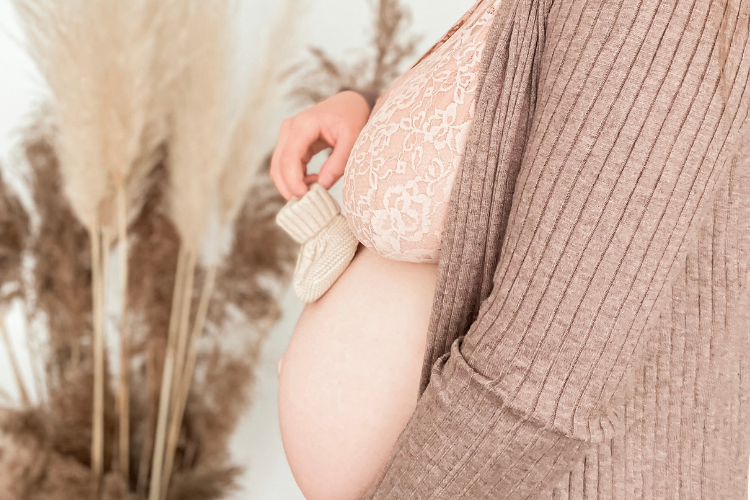
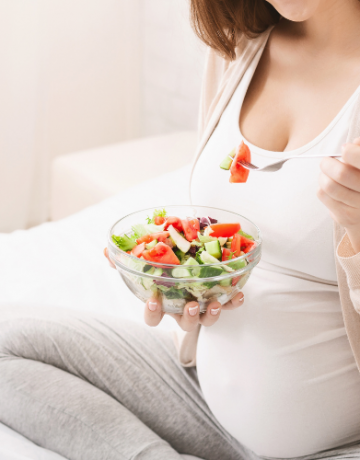
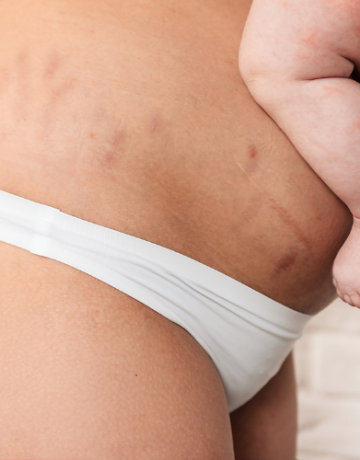
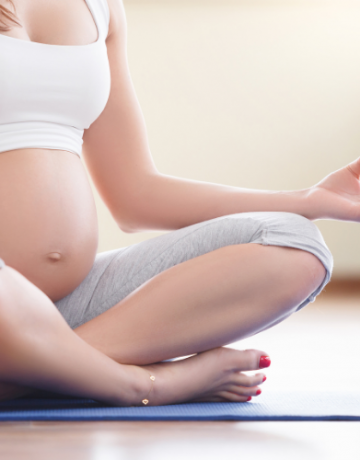
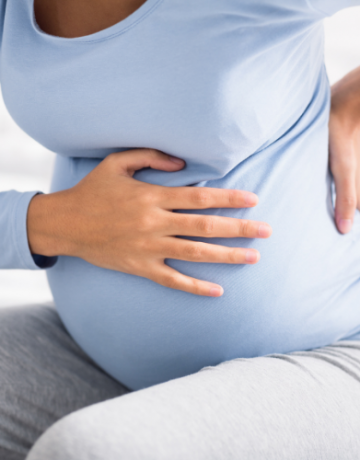
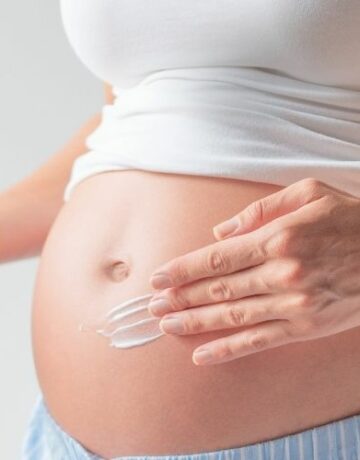
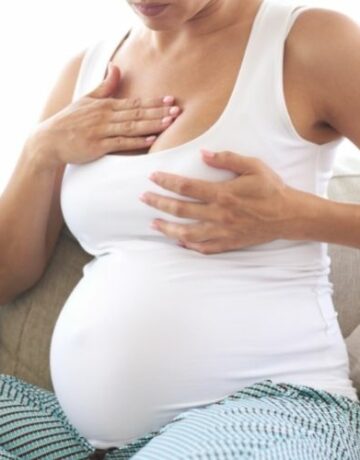

Comments (0)